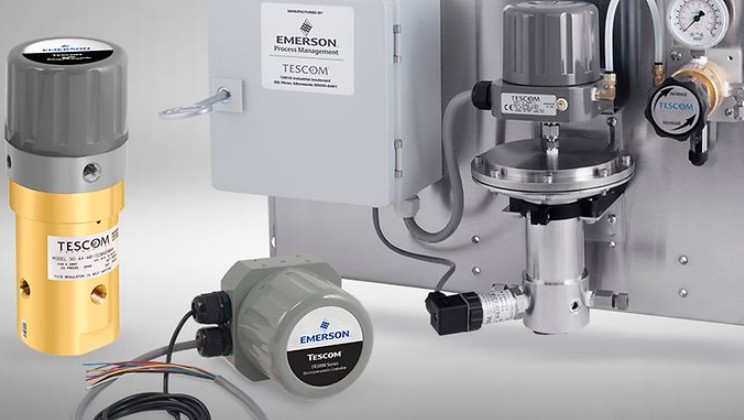UNL engineering teams prepare for national research challenge hosted by NASA
Three student-run teams at the University of Nebraska-Lincoln are gearing up for a week of testing at NASA’s Johnson Space Center in Houston.
The groups are a part of UNL’s Research, Engineering and Design (RED) Teams, and the three teams are competing in two separate NASA-hosted challenges. The first team is competing in the NASA SUITS Challenge, an augmented reality design challenge.

Isaac Regier and Matthew Biggie stand in one of the workspaces used by UNL’s Research, Engineering and Design (RED) Teams on Innovation Campus.
According to Matthew Bigge, a fifth-year student at UNL who founded the SUITS team last year, the goal is to help NASA design a viable display system for moon-bound astronauts on Artemis missions. Similar to how sci-fi or action video games display a character’s health on screen, NASA wants to design a video game-esque system that allows astronauts to check their biometrics in real time.
People are also reading…
“Things like how much oxygen they have left and battery temperature, their bearing and navigation equipment would have assistance through that,” Bigge said. “Along with things like mission objectives, and all sorts of other tools that could fit into that data stream.”
The two other RED Teams are competing in NASA’s Micro-G NExT Challenge. RED Teams president Isaac Regier says that the Micro-G teams’ goal is to help develop extravehicular activity tools for astronauts, or tools for activity performed outside the spacecraft.
“When astronauts are not in the space shuttle, they have these big suits that are really bulky, pressurized from the inside and hard to use,” Regier said. “So we’re trying to develop regular tools that are compatible with extremely limited mobility and motor function.”
Regier says that the two projects the Micro-G teams are working on are a zip tie installing device and a tool attachment device.
Bigge said the SUITS team currently has seven members, while the Micro-G teams are divided into a five-person senior design team and a nine-person second team — which Regier referred to as a “club team.”
UNL’s RED Teams compete against colleges from across the nation for the opportunity to study at the Johnson Space Center, and acceptance rates are low for both challenges.

A NASA researcher tests out a product designed by University of Nebraska-Lincoln students during the 2022 Micro-g NExT Test Week at the Johnson Space Center in Houston.
Regier said that NASA typically accepts 30 teams each year for the Micro-G challenge and that the SUITS challenge accepts 12-15 teams.
NASA announced which teams advanced to the next phase of both challenges in December, and all three UNL teams made the cut. The teams will spend the spring semester preparing for a week of testing in Houston this summer.
NASA sends the teams equipment that must be used in their prototype, but they’re able to add other components they see fit. For Regier and Bigge, the biggest task ahead is getting prototypes completed and ready for testing as soon as possible.
Fortunately, RED Teams have a solid home base. The majority of their work is done at UNL’s Innovation Campus, where they have access to tools like 3-D printers, fiber laser cutting machines and computer-aided design software.
“It’s absolutely amazing having the Innovation Studio available,” Regier said. “… Here they have industrial-level equipment that you’re allowed to run yourself after training.”
All of their work will culminate in late May and early June. The SUITS test week runs from May 18-23, while the anticipated Micro-G test week is June 4-10, according to NASA’s website.
And while teams will technically go head-to-head while testing their prototypes in an area of Johnson Space Center dubbed “The Rock Yard,” Regier noted that both challenges are less of a competition and more of a collaborative research effort.
“NASA is very particular about not calling it a competition because you can’t win when you’re down there,” Regier said. “The goal is to develop the best tool with everyone’s concepts. … Success is getting down there and getting useful data back to NASA.”
Nebraska’s Innovation Campus celebrates $25 million grant
Surgical robot developed by Nebraska company to be put to the test in space
UNL’s STEM program gets nearly $1 million to expand offerings
Reach the writer at [email protected] or 402-473-7326.








